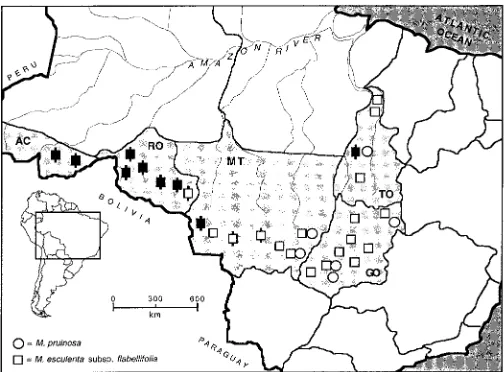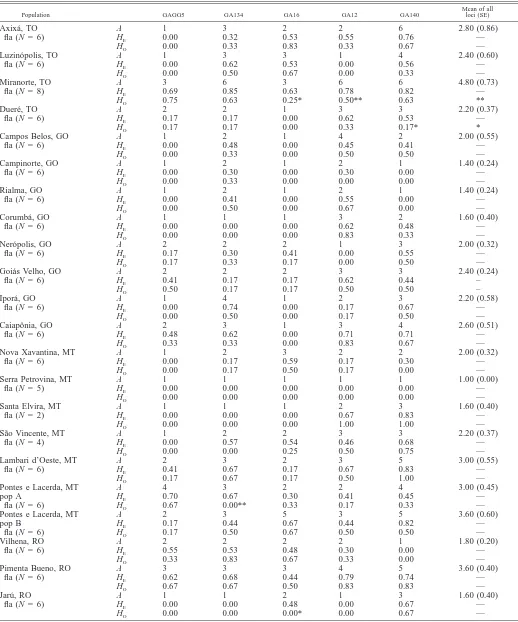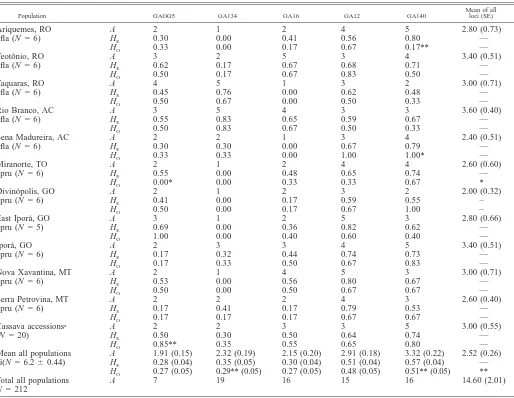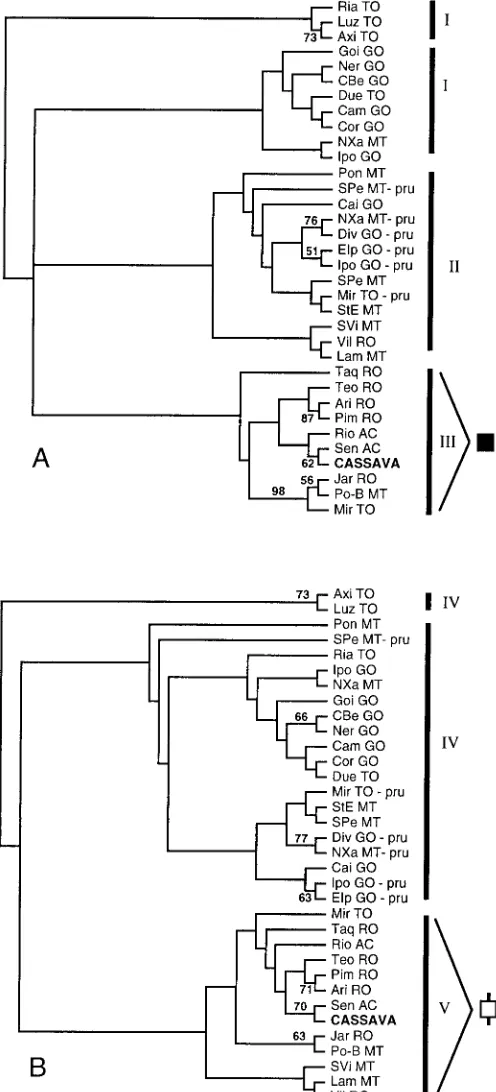Directory UMM :Data Elmu:jurnal:A:American Journal of Botany:Vol88.Issue1.Jan2001:
Teks penuh
Gambar




Dokumen terkait
In weed-free cauliflower plots, the model esti- mated sufficiently well total biomass production, leaf area growth, plant height and the size of the marketable organ (FigC.
In all the treatments (high and low Italian rye- grass seed bank density, pure and mixed stands) barnyardgrass hedges reduced Italian ryegrass vegetative yield compared to the
The main ontogenetical features of Rondeletia odorata pollen are (1) the very thin irregular foot layer, (2) development of a continuous layer of radially oriented membranous
In these explants the abscission zone cells showed features similar to those in the normally abscising genotype consistent with a degree of wall breakdown sufficient for cell
A feature of this pattern, that the proportion of embolized large tracheary elements is greater than that of small elements, is even more pronounced in the leaves, where both the
Both new species are closely related based on morphological and molecular characteristics and with uncertain affinity to other taxa of the Euascomycetes based on phylogenetic
al divergence in Gossypium occurred between the ancestor of the A-, D-, E-, and AD-taxa and the ancestor of the C-, G-, and K-genome species (Wendel and Albert, 1992; Seelanan et
PCA axis 1 is most highly influenced by (presented in decreasing order of loadings) (1) radius of corolla, (2) length of stamen, (3) ped- icel length, (4) length of style, (5) number
